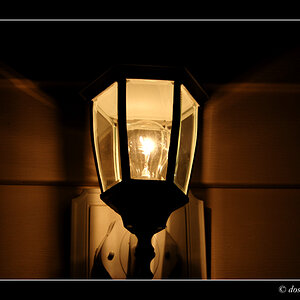- Joined
- May 1, 2008
- Messages
- 25,422
- Reaction score
- 5,003
- Location
- UK - England
- Website
- www.deviantart.com
- Can others edit my Photos
- Photos OK to edit
Just how bad is it? Well take a look
SLR shutter tests
Shows not only the wabble that the mirror goes through in its rapid motions, but also the amount of wear these components take
SLR shutter tests
Shows not only the wabble that the mirror goes through in its rapid motions, but also the amount of wear these components take




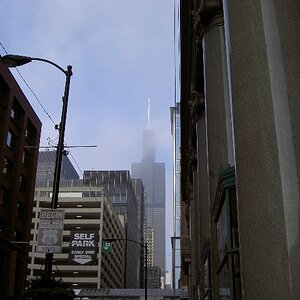
![[No title]](/data/xfmg/thumbnail/42/42452-e36799eaff36dca02ffc57ce660e5e20.jpg?1619740190)
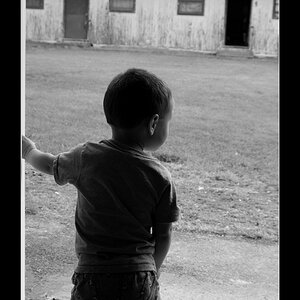

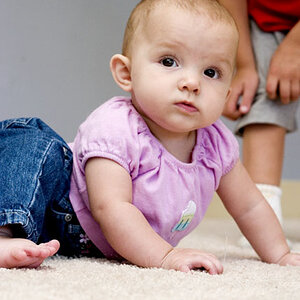

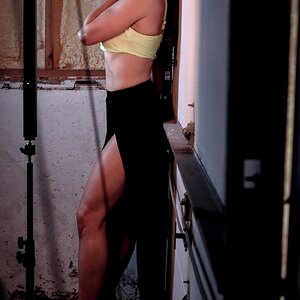
![[No title]](/data/xfmg/thumbnail/39/39438-1eb8b5f82b59d9d0c72ae9025778ed4c.jpg?1619739032)
